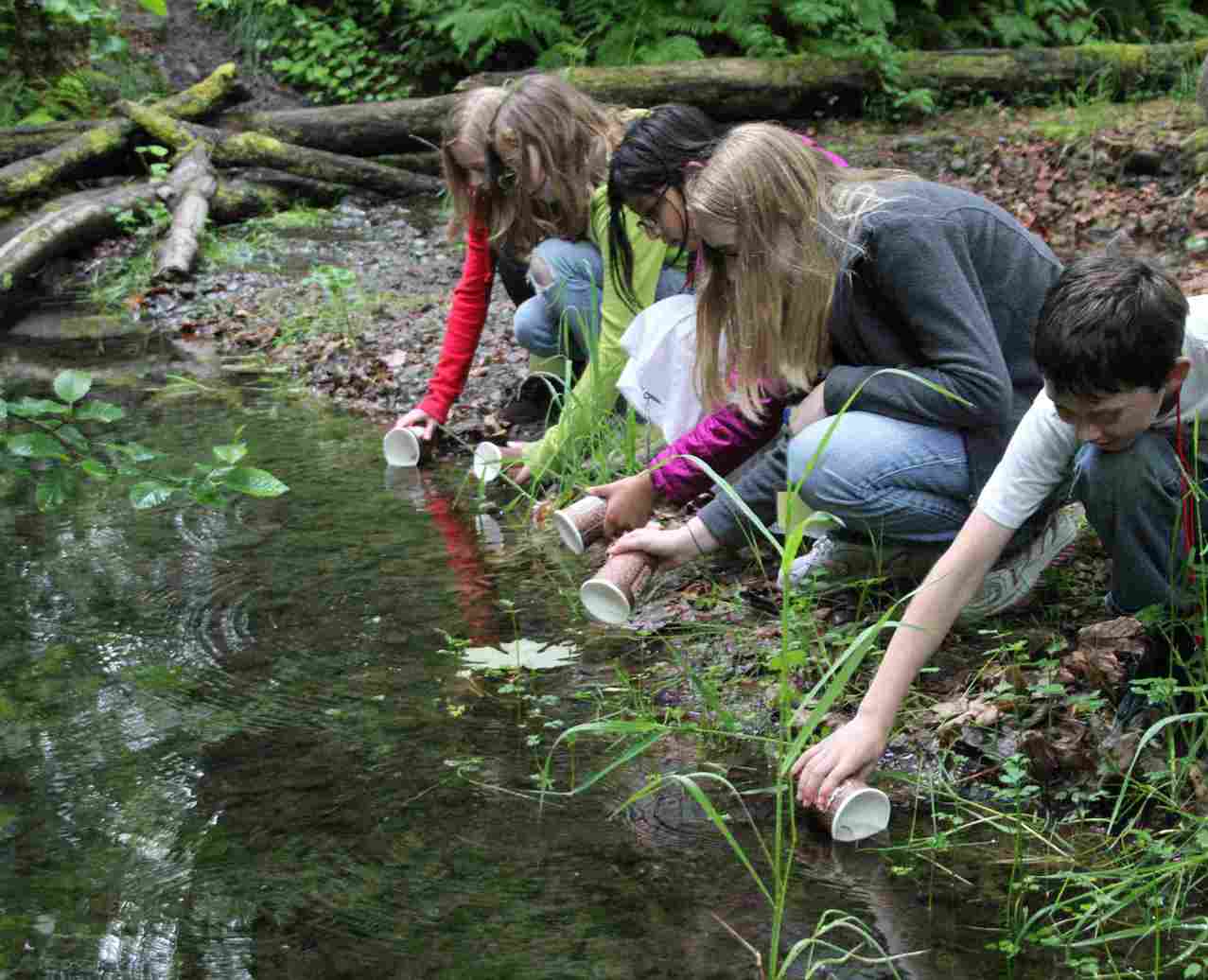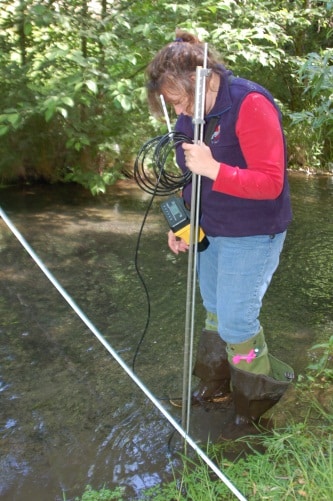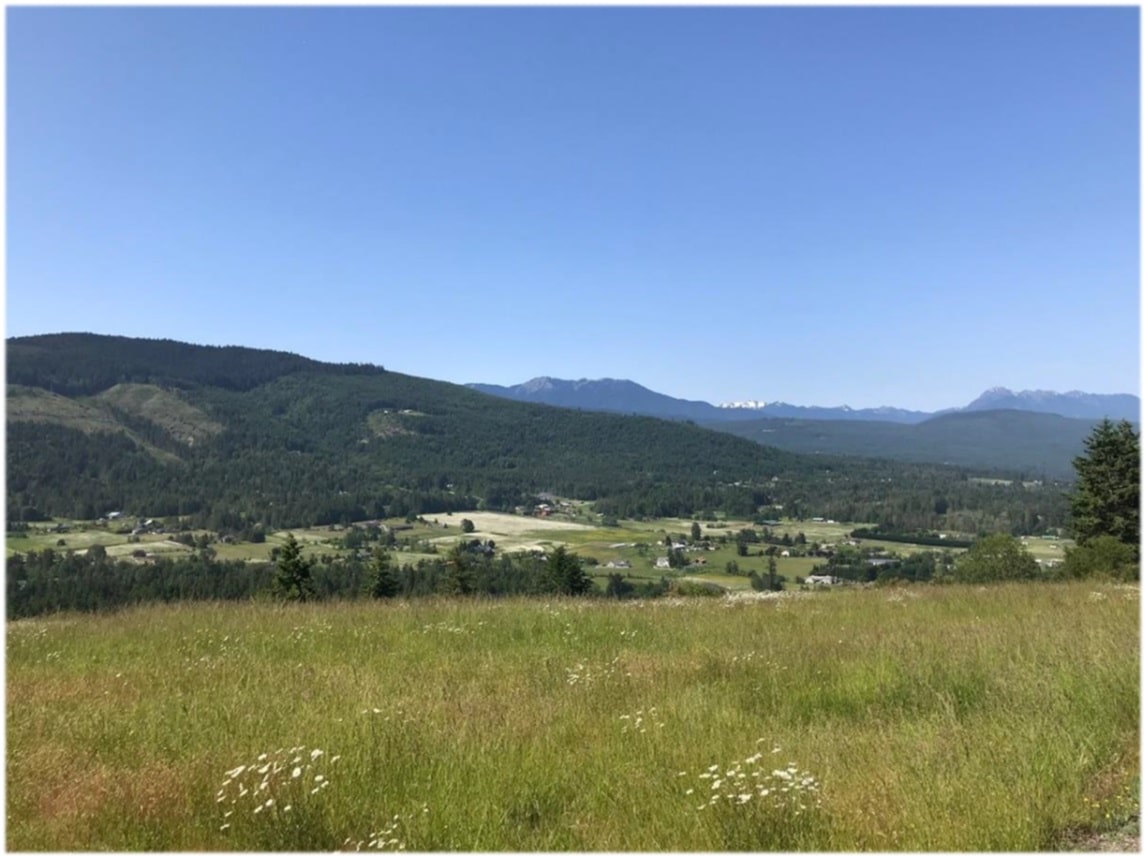DRMT Activities
Overview
The DRMT supports activities that preserve and enhance the Dungeness River Watershed Planning Area. While DRMT members may not always be in complete agreement about various issues, each member is committed to cooperative and collaborative problem-solving for the benefit of the Dungeness Watershed. DRMT’s stated Purpose and Goals guide the group on its activities of focus. Early on, the Team concentrated on flood control management, eventually helping the County produce its 1990 flood control management plan (updated in 2009). As time progressed, additional discussions about issues related to floodplain/ riparian development, logging practices, preservation of agricultural lands, and more led to comprehensive planning for the watershed. The Team devoted significant time toward developing the Dungeness-Quilcene (DQ) Water Resources Plan (1994). The DQ planning experience was locally-driven and consensus-based, a process that set the stage for future successful coordination among the individuals and organizations represented on the Team. After reactivating in 1995, the Team pursued implementation of earlier plans, encouraged substantive watershed and river restoration activities, and with the 1998 Watershed Planning and Salmon Recovery Acts, worked on developing strategies to address competing interests affecting water supplies, in-stream flows, water quality, stream habitat and salmon recovery.
SALMON RECOVERY ON THE DUNGENESS
Historically, 11 salmon stocks or “stock components,” existed in the Dungeness. Currently, eight stocks of Pacific salmon return from the ocean to spawn in the Dungeness River: Chinook, upper river pink, lower river “fall” pink, coho, winter and summer steelhead and summer and fall chum. In addition, sea-run cutthroat and resident rainbow trout live in the Dungeness, along with a native char, Bull Trout/Dolly Varden. Spring/Summer Chinook, Summer Chum, Bull Trout/Dolly Varden, and Steelhead are all Dungeness salmon federally listed as “threatened” under the Endangered Species Act (ESA). Several others are state-listed as either “critical” or “depressed”.
In 1997, a sub-committee of the DRMT, known as the Dungeness River Restoration Work Group (DRRWG), prepared a habitat restoration plan, Recommend Restoration Projects for the Dungeness River (“the Blue Book”) which laid a course for addressing habitat problems in the river on a reach-by-reach basis, and which highlighted “Seven Pillars for River Restoration”. The DRMT unanimously endorsed the plan on June 16, 1998. The Restoration Work Group produced a related land protection strategy, Recommended Land Protection Strategies for the Dungeness River Riparian Area (“the Green Book”), in 2003.


In 2004, the DRMT endorsed a publication produced by the Jamestown S’Klallam Tribe entitled, Restoring the Dungeness: An Overview of the Dungeness River Restoration Strategy (2003). The publication summarized a decade of work accomplished by the Jamestown S’Klallam Tribe, Dungeness River Management Team and other community and regional partners toward salmon recovery in the Dungeness watershed. It serves as an early overview of the recovery strategy developed by our watershed community. The DRMT’s endorsement included acceptance of ten strategic actions and Chinook abundance targets. The following year, the DRMT took part in developing the Dungeness Watershed chapter of the Puget Sound Salmon Recovery Plan. The Dungeness Chapter also incorporates the 2003 strategic actions and abundance targets, as well as actions representing ten-year goals for habitat, harvest and hatchery.
WATERSHED PLANNING
The 1998 legislature passed ESHB 2514, the Watershed Planning Act, to set a framework for developing local solutions to watershed issues on a watershed basis. Phases 1, 2 and 3 (Organizational, Assessment, Planning) of ESHB 2514 watershed planning have all been completed, resulting in the Clallam County-adopted Elwha-Dungeness Watershed Plan in 2005. Recommendations in the plan address many water issues, among them public water supplies, water conservation and efficiency, protection of existing water rights, and development of an instream flow and water management rule by Washington State Department of Ecology. Partners are currently in Phase 4 (implementation) of the ESHB 2514.
One of the key components of the Elwha-Dungeness Watershed Plan is instream flow recommendations for the Dungeness River and lower tributaries, the Elwha River and lower tributaries, and independent streams. For the Dungeness Watershed, those recommendations are the basis of the Dungeness Instream Flow and Water Management Rule, which was proposed July 2012, and adopted by Ecology in January 2013.
Other watershed planning and management efforts have been completed or are underway that do not depend on the ESHB 2514 process and may also support salmon recovery. For example, ESHB 2496, the 1998 Salmon Recovery Planning Act, provided a framework to set priorities for salmon restoration projects within watersheds. A Limiting Factors Analysis (1999) was produced for Watershed Resources Inventory Area 18, covering the DRMT planning area, and the North Olympic Peninsula Lead Entity was created to facilitate identification and prioritization of salmon restoration projects (for WRIA 17 [Sequim Bay sub-watersheds only], 18, 19 and 20).

Because it is an already functioning planning group that has broad representation in the community, the Dungeness River Management Team was accepted as the “planning entity” or “citizen facilitation group” to serve under these State processes (2514 and 2496). For 2514, DRMT continues to work toward Watershed Plan Implementation and for 2496, DRMT is the citizen-based body that initially evaluates restoration projects proposed for “salmon recovery” funding. After receiving input from the DRMT, project proposals are sent on to technical groups for final decisions.
HABITAT RESTORATION
The Salmon Recovery Act set up the Lead Entity Program, as well as the Salmon Recovery Funding Board, which allocates state funds to salmon habitat recovery projects based on a competitive process. Each Lead Entity is responsible for coordinating the process for identifying and prioritizing salmon recovery projects within their geographical boundaries. The North Olympic Peninsula Lead Entity (NOPLE) is an umbrella organization bringing representatives from different stakeholder groups together to coordinate salmon recovery efforts across the North Olympic Peninsula. Members include: Jamestown S’Klallam, Lower Elwha Klallam and Makah Tribes, Clallam County, the Cities of Port Angeles and Sequim, Olympic National Park, Clallam Conservation District, Clallam Marine Resources Committee, North Olympic Salmon Coalition, Washington Department of Fish and Wildlife and Puget Sound Partnership. Citizen members participate via NOPLE directly, as well as through their work with other planning groups, such as the DRMT.

WATER QUALITY
The DRMT created a subcommittee to focus on water quality issues in the Dungeness Bay and the streams and irrigation ditches that eventually drain to it. The subcommittee, known as the Clean Water Work Group, is the same group that leads the effort to clean up the waters of the Sequim-Dungeness Clean Water District, which was formed by Clallam County in 2001 in response to water quality violations of bacteria standards in the lower Dungeness River, its tributary Matriotti Creek, Meadowbrook Creek, Cooper Creek, Golden Sands, several irrigation ditches, and Dungeness Bay. As a result, Washington Department of Ecology conducted two Total Maximum Daily Load (TMDL) studies in the Dungeness area: Dungeness River and Matriotti Creek Fecal Coliform Bacteria TMDL Study, (Sargeant 2002), and Dungeness Bay Fecal Coliform Bacteria TMDL Study (Sargeant 2004). These studies established water quality goals that must be met to restore water quality in these waters.

The Clean Water Work Group meets quarterly to coordinate implementation of recommendations from the Strategy, and to discuss other topics related to water quality and outreach in the Sequim-Dungeness area.
WATER SUPPLY

Recognizing the need to update existing water resources management tools in light of current and future climate changes, the DRMT formed the Dungeness Water Resources Technical Group (Dungeness WRTG), a temporary subcommittee of the DRMT. Beginning in January 2022, the group generally met biweekly to discuss priority water topics, inventory existing water resource information, and document data gaps. The six-month effort included consulting with technical experts and advisory members and culminated in recommendations to the DRMT regarding the need for specific new or updated studies to assist water managers planning for future water supply/demand and aquatic/ instream-flow needs. [See Dungeness WRTG Documents and Resources Tab on our Resources page].
